Take a look at the graph below.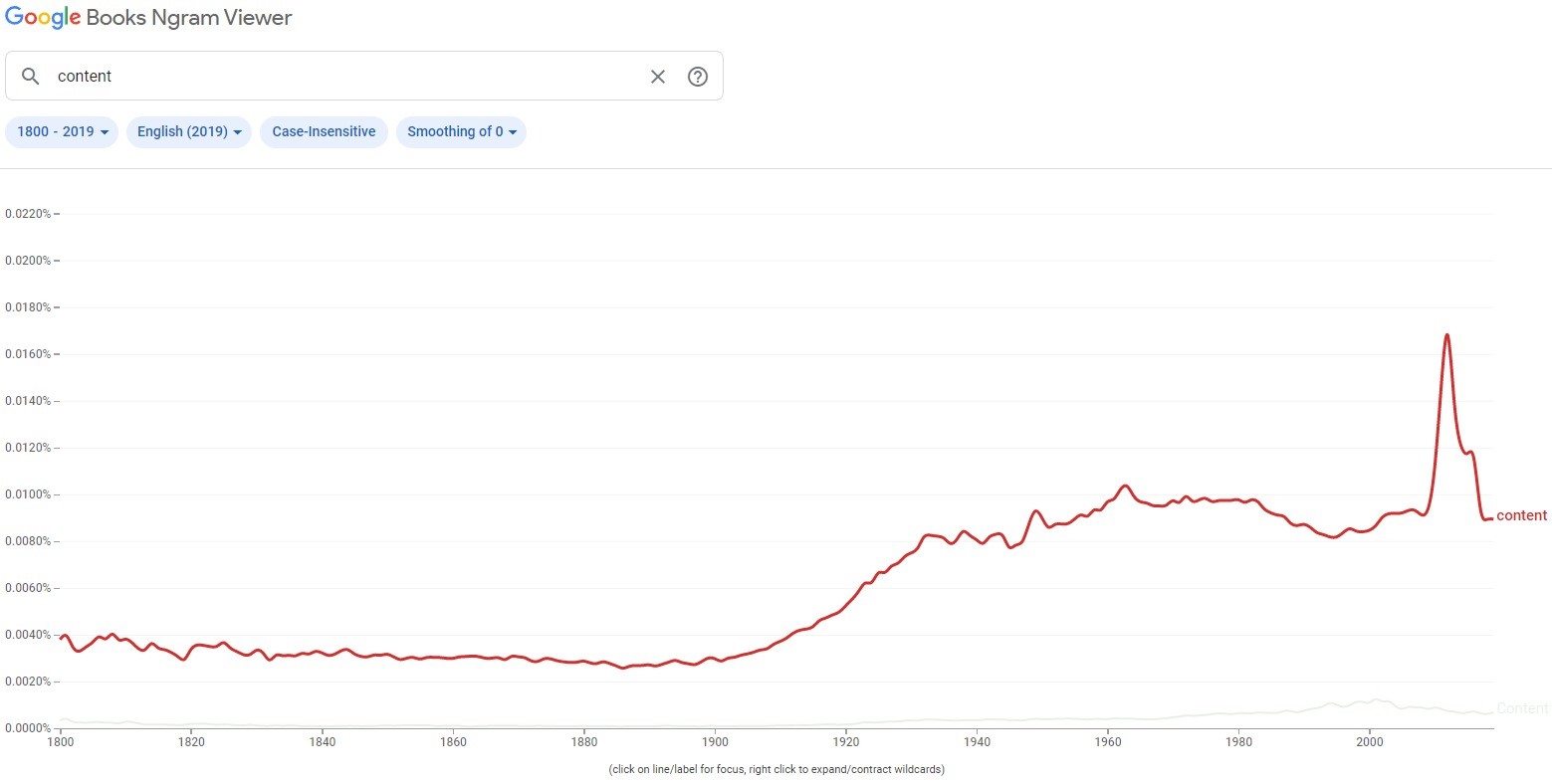
The graph charts the frequency of the word ‘content’ in various published sources between 1800 and 2019. Notice how its mentions began rising by the 1900s and peaked around 2012. It’s hard to be sure what happened in the 1900s, but it’s safe to say that content became more consumable then. Travel guides, magazines, radio and TV programs – you name it.
On the other hand, we have a good idea of what happened around 2012. Google decided to get serious by prioritising content quality in search results, notably with the release of the Penguin update and the Panda update a year later. As a result, ‘content’ became a buzzword for a time, with the SEO community wondering about online marketing moving forward.
10 years later, we have a better understanding of content marketing, but we’re still wondering. What makes content marketing ‘modern?’ Is it something that’ll benefit businesses in the long term? Where do you even start?
Defining The Term
If you have no idea where to begin exploring this topic, you can’t go wrong with learning first what content marketing means. According to the Content Marketing Institute (CMI):

In other words, content marketing tells people how to choose the best product or service instead of why your product or service is the best. Per the definition above, effective content marketing possesses three essential qualities.
- Value – The content must satisfy a customer’s curiosity with genuine information
- Relevance – The content must prove a business’ expertise in its industry of choice.
- Consistency – The content must retain its quality while providing new content regularly.
As a business owner, you might wonder why you’d want to ‘soft-sell’ your product or service to your customers. One good reason is that people have grown more sceptical of direct advertising for years. If a weight loss brand presents an ad showing before and after images, nearly its entire customer base will likely think it’s shopped.
But if that same brand presents a genuine testimonial from a satisfied customer, complete with unaltered before and after images, people will be more inclined to believe it. A complementary article on the proper use of similar products also works.
The ‘modern’ factor
‘Modern’ content marketing should be better referred to as ‘post-modern’ or ‘contemporary,’ at least if going by a historian’s definition. The modern era, in this context, goes back to as early as the 1400s, when people are still grasping the concept of mass media.
Then again, that context isn’t entirely mistaken. The CMI suggests that content marketing began in 1732 with Poor Richard’s Almanack, with ‘Poor Richard’ referring to the American inventor Benjamin Franklin. It was your typical almanac, chock full of titbits of general information, but it was a means to market his printing venture. That year falls within the late modern era.

As mentioned earlier, various media began taking off by the turn of the 20th century, from John Deere’s ‘The Furrow’ to Jell-O’s free recipe book. While there’s some hint of advertising, these content marketing examples deliver more practical information to the consumer.
That said, ‘modern’ in ‘modern content marketing’ is concerned with a more general definition: the present. Print media is no longer the only avenue for content marketing, mainly due to people having internet access. Today, there’s the:
- Blog post
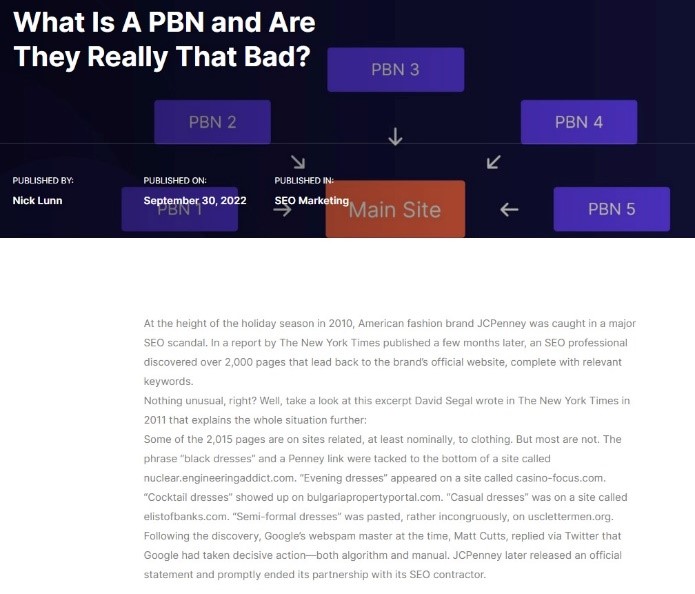
- Social media


- Infographics
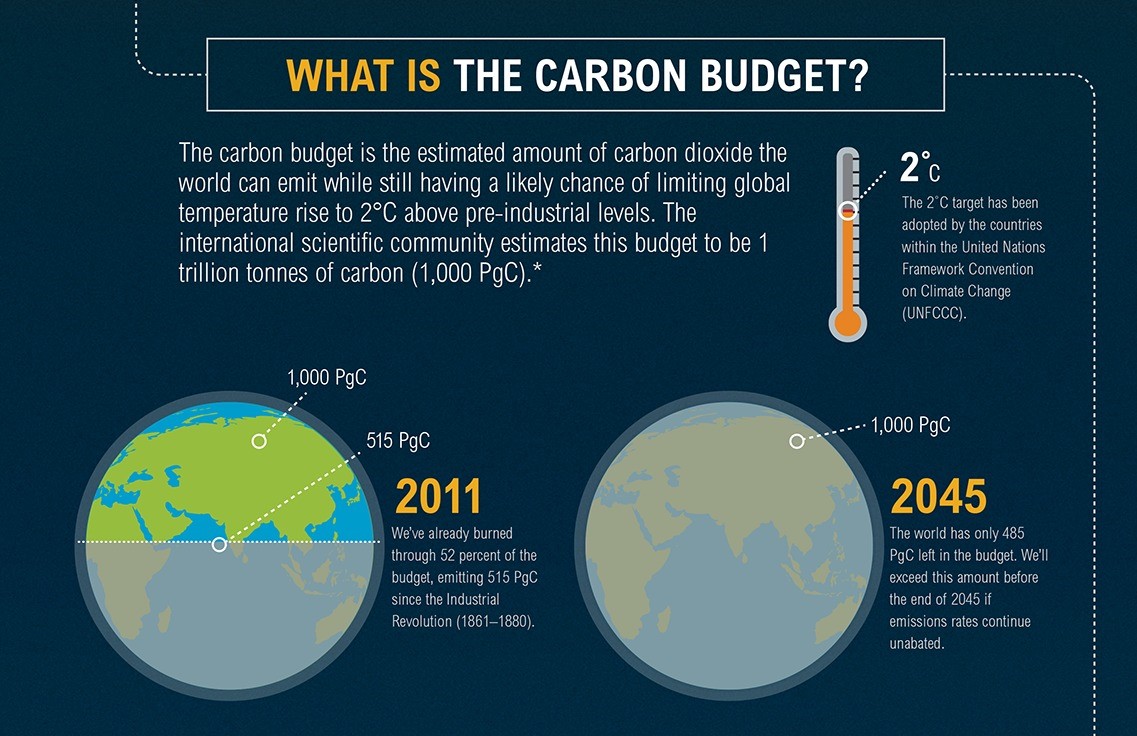
When you think about it, that’s a lot of media to choose from. You’d want to diversify your reach to as many media as your content marketing strategy allows. Although, if you have to know which gets the most views, short-form videos (under a minute long, preferably half a minute at minimum) seem to be the thing.
SEO, The Body To Content Marketing’s Soul
Besides the various forms of content, the advent of the internet inspired new approaches to disseminating them. Search engines like Google would be responsible for providing correct results to specific queries. But with so many blogs, videos, and infographics making rounds all over the web, they have to lay down some standards.
That’s where search engine optimisation (SEO) comes in. The rules and guidelines Google has set forth since its inception reward content that’s helpful to users and penalise content that isn’t. That’s the premise behind Google’s Panda and Penguin algorithm updates in the early 2010s that shocked website owners and the SEO community.
This new reality has made content marketing and SEO inseparable. To quote one expert: ‘SEO without content marketing is like a body without a soul,’ and vice-versa is just as accurate.
Think about it: You can have award-winning blogs or videos on your page, but they won’t matter if they don’t appear on searches. Conversely, while some experts say SEO can stand alone with the right approach, it won’t necessarily result in better rankings. Google’s search algorithm takes innumerable factors into account, and content quality is just one of them.
Elements of Modern Content Marketing
A modern content marketing strategy can take on various forms. However, one aspect that won’t change is its customer-centric nature.
It isn’t even a fact born recently. Throughout history, published content has always accounted for the consumer’s convenience. Remember Poor Richard’s Almanack? Even if it was a means to an end, it was affordable enough for the common folk during America’s colonial era. People learned a lot about whatever they wanted to know as a result.
This customer-centric approach affects every step of the planning phase for a business’ content marketing strategy. It’s a continuous process that consists of five key elements.
- Identifying audience personas
When you try to please everyone, you end up pleasing no one; that’s as much true in business as in life. Catering to every consumer’s wish means making concessions, even on attributes that are too important to give up. Consequently, a business can end up with a product or service that’s too flawed to benefit anyone.
Businesses focusing on a narrowly defined consumer group aren’t worried about having a smaller base. For instance, a group of housewives can feature various types like those with work-from-home jobs, those into gardening, etc.
The first and foremost element of any content marketing strategy involves identifying the type of consumer your content needs to target. For this, you’ll need audience personas – fictional profiles that can help businesses interact with customers on a more personal level. Creating them can be as straightforward as a few steps.

- Shaping the brand’s narrative
Humans are empathic, and hearing a well-told story is proof of that. Research shows that the listener’s brain lights up the same way as a storyteller’s, making the former feel like they’re the main character. When that story resonates with the listener, they feel a rush of oxytocin, one of the brain’s many ‘feel-good’ chemicals.
Content marketing can take advantage of this with a well-planned brand narrative, mainly through the About Us page or case studies. Here’s one example from the Our Team page.

This statement from our director embodies a mishmash of emotions. Reading about how he struggled to get this company off the ground amid being in debt by the millions is enough to touch many hearts. After all, what business owner can’t relate to being strapped for cash, especially in this post-corona economy?
Case studies provide evidence of a brand’s credibility. Below is an example of a video testimonial on a website.
Instead of a purely text account, the brand goes one step further by publishing recordings of satisfied clients. It lessens the potential risk of putting words in one’s mouth, enhancing the brand’s integrity online.
- Defining a clear mission
Every business has a defined mission, whether it's helping people save money or committing to protecting Earth from the clutches of climate change. But once in a while, you come across ones like ‘being the best in the eyes of customers, employees, and stakeholders.’ Isn’t that what every business is trying to do?
It’s ill-advised to have something that vague for a mission statement, especially in a content marketing strategy. If the plan can’t be specific about the kind of content and the people it’ll target, the content will leave many confused. If we didn’t tell the broader consumer base that our content is for businesses, they might think that the information here applies to them.
Fortunately, the CMI says defining a clear content marketing mission statement boils down to three fundamentals: the who, the why, and the how.
Let’s take a look at another example: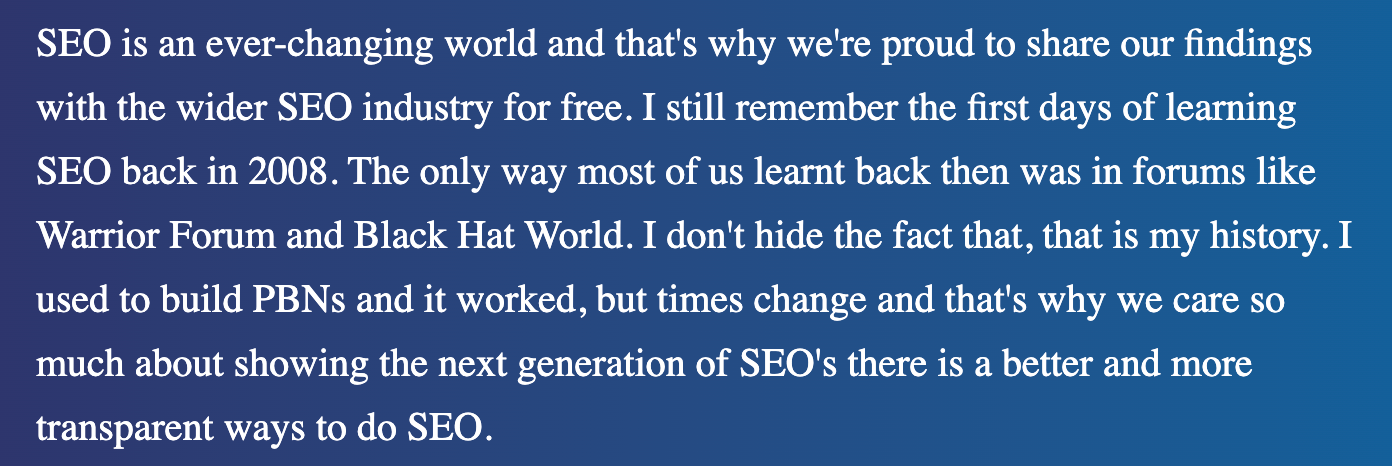
We can already identify the three fundamentals in this excerpt:
- The audience or who is ‘the wider SEO industry.’
- The benefit or why is ‘more transparent ways to do SEO.’
- The content or how is ‘share our findings…for free.’
That said, keep in mind that this mission statement only applies to your content marketing approach. Your brand’s mission statement is different and far more extensive in scope.
- Writing a business case
Profitable customer action, as stated in the definition, is the endgame for content marketing. After reading a brand’s blog or watching its video, the customer should be inspired to buy a product or service.
But note the term ‘profitable.’ Like any other business activity, content marketing requires capital. A campaign that doesn’t result in net profit or, worse, a loss is a failed one. This is why a content marketing strategy must have a solid business case justifying it. Without going too deep, here’s an idea of what a business case should contain.
- Executive summary
- Background information
- Project definition and requirements
- Presentation and evaluation of options
- Implementation plan
- Financial analysis
- Authorisations
- Appendices
Remember that a business case is different from a business plan. A business case is more concerned with the short-term effects of a proposed project (i.e., content marketing strategy). In contrast, a business plan outlines long-term plans relative to internal and external changes.
- Devising a content calendar
Not many people realise how intensive content creation can be. Writing a well-researched blog post isn’t just about throwing impressive-sounding words, nor is putting a seconds-long video merely throwing random footage together.
This part of the content marketing strategy requires managing time effectively. One way is with a content or editorial calendar, which keeps track of the content to publish on the site. The calendar becomes more critical to brands planning to post more than one type of content.

A content calendar can be as simple as a custom-made Microsoft Excel or Google Sheets file. For content campaigns that require collaboration with multiple teams, dedicated software like Slack and Microsoft Teams is recommended.
Patience Is A Virtue
Having gotten this far into this article, you might think: ‘I’m sold. Time to get content-making.’ When you decide to do so, always bear one caveat in mind. Success in content marketing takes time – as in, an ungodly lot of time.
Brainstorming alone will require between four and five hours monthly, with creating the content taking twice or thrice as long. If you want to cover every possible medium, experts estimate it’ll demand 70 hours monthly, with the figure fluctuating depending on the extent of the campaign.
[caption id="attachment_20313" align="alignnone" width="650"]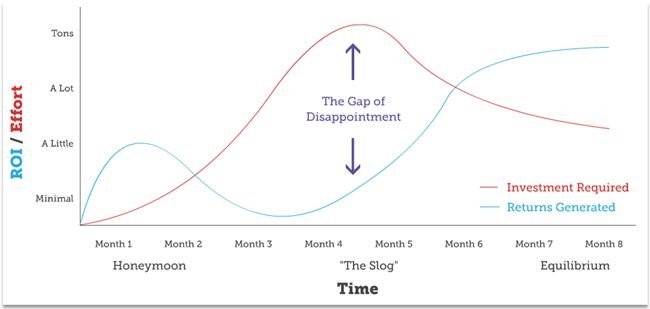 Image Source: Moz[/caption]
Image Source: Moz[/caption]
But if you think that’s long, waiting for the campaign to bear fruit is a test of patience. Check out this graph courtesy of Moz.
Any SEO effort goes through this rollercoaster of a ride. The first few months will see a business generate substantial net gains, even if minuscule. But as Moz describes, it enters what it calls ‘the slog’ by the third month. Facing mounting investment for diminished return is inevitable.
How is this related to content marketing? When your campaign enters ‘the slog,’ you can be tempted to take it into overdrive by publishing more content. Similarly, the lack of gains can leave you disheartened, even forcing you to pull the plug on the campaign. You can finally get out of such a slump after the sixth month, in which your net gains return.
It’s possible for the campaign to be lacking in some aspects, such as lacking SMART goals or documentation. Regardless, it pays to stick to the plan as much as possible, only making minor changes when the situation demands them.
Conclusion
Content marketing isn’t advertising, at least in an obvious sense. The endgame is still the same, but it has the added benefit of delivering helpful information to the consumer. It was the case a few centuries ago, and it’s still the case in the 21st century.
The only difference between then and now is that the number of media has increased. The era of the internet has made SEO a major factor in a content marketing campaign’s success. It won’t be easy, just as it was back then, but slow and steady wins the race.
Getting an expert to work with you also helps. Check out this page to learn more about how we at Pursuit Digital can take your marketing to the next level.
